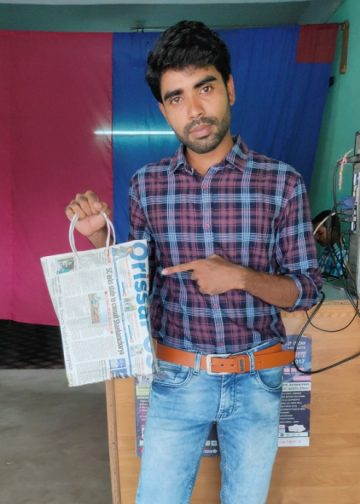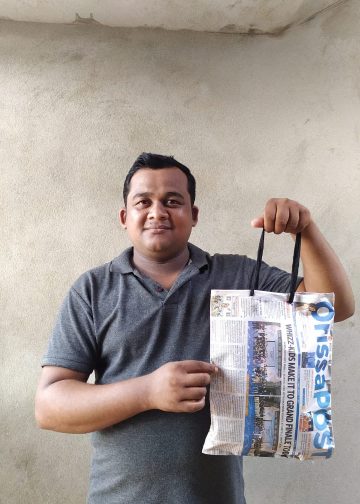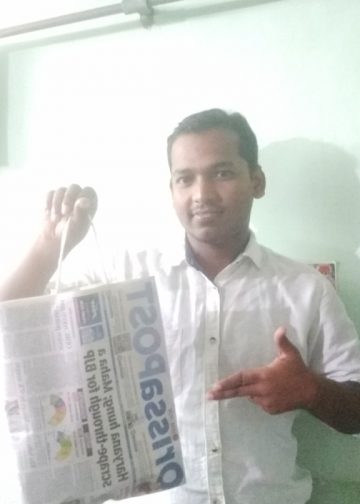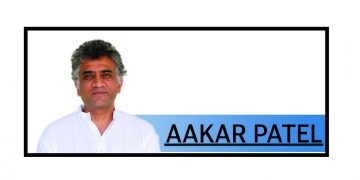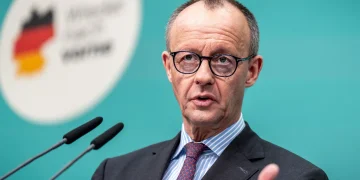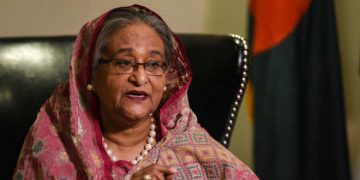New Delhi: The imposition of 25 per cent tariff on US imports plus a penalty from August 1 will dent India’s GDP, experts said, expressing hope that it should be mitigated by ‘mutually beneficial’ trade deal being negotiated with the United States.
Higher tariff, if sustained, may directly affect key sectors such as marine products, pharmaceuticals, textiles, leather, and automobiles, where bilateral trade has been especially robust, experts added.
Earlier in the day, US President Donald Trump announced the imposition of a 25 per cent tariff on all goods coming from India starting August 1, plus an unspecified penalty for buying military equipment and crude oil from Russia.
The surprise announcement came a day after Indian officials said a US trade team would visit from August 25 to negotiate a trade deal.
When the US had initially imposed tariffs, we had lowered our forecast of India’s GDP expansion to 6.2 per cent for FY26, presuming a tepid rise in exports and a delay in private capex, ICRA Chief Economist Aditi Nayar said.
“The tariff (and penalty) now proposed by the US is higher than what we had anticipated, and is therefore likely to pose a headwind to India’s GDP growth. The extent of the downside will depend on the size of the penalties imposed,” Nayar added.
EY India Trade Policy Leader Agneshwar Sen, said it is important to note that both countries remain positively engaged in active negotiations with the US team expected in India later in August to finalise a comprehensive trade agreement.
“…considering our shared interests and history of cooperation, the two sides will be able to address these contentious issues constructively and arrive at a mutually beneficial agreement in the very near term,” Sen said.
The 25 per cent tariff rate is certainly a negative development as it compares to lower rate for peers such as Vietnam, Indonesia, and the Philippines, which compete with India in a similar category of labour-intensive products and electronic goods, Elara Capital Economist Garima Kapoor said.
The exact details of the tariffs on the exempted items such as pharma and the ones that were charged at a differential rate such as iron, steel and auto is unknown as of now, but inclusion of pharma into tariffs should be incremental negative for India’s exports as US accounts for more than 30 per cent of India’s pharma exports, she said.
“If no deal is signed by September-October, we see a downside to full-year GDP growth estimate for India by 20 basis points,” she said.
Rishi Shah, Partner and Economic Advisory Services Leader at Grant Thornton Bharat said given the escalating rhetoric around Russia-Ukraine negotiations, some form of adverse development was anticipated.
Two fundamental aspects merit emphasis, he said, adding that the first is that policy positions are rarely final, in today’s rapidly evolving global scenario. Second, markets consistently demonstrate remarkable adaptive capacity, even under adverse conditions, economic actors innovate and new equilibria emerge.
“Finally, sustaining the growth momentum will ultimately depend on the ability to innovate while deepening economic partnerships across the global landscape. The current situation reinforces the wisdom of our multi-alignment approach in an increasingly multipolar world order,” Shah added.
According to Nachiketa Sawrikar, fund manager with Artha Bharat Global Multiplier Fund, the Indian government would not be surprised by this tariff rate because its peers like China have a 30 per cent tariff rate.
“However other Asean countries have a tariff rate of 19-20 per cent. Bangladesh is trying to also get to the 20 per cent range. So it is not good news for India but could have been worse,” he said.
Rahul Ahluwalia, Founder-Director of Foundation for Economic Development, said a 25 per cent tariff will leave India “worse off” vis-a-vis competing countries like Vietnam and China. He emphasised that India should aim to reach a deal with the US on trade policy.
Utsav Verma, Head of Research, Institutional Equities at Choice Broking, said investors will reassess their strategies with a mix of caution and optimism.
Sectors like textiles, pharmaceuticals, and automotive components are likely to be the most impacted and may see reduced investor interest in the short term.
However, recent progress in trade negotiations suggests a constructive path forward, and “we believe that the trade deal will eventually follow, provided both nations show the necessary political will”, he said, adding that many investors expect the tariff rate to eventually settle around 15 per cent.
According to Medical Technology Association of India Chairman Pavan Choudary said Trump’s announcement on Truth Social declaring steep tariffs on India from August 1 is troubling and seems economically shortsighted and strategically misguided.
As a sovereign nation, India makes independent choices in defence and energy based on national interest and long-term strategic priorities, he added.
“Attempting to punish these decisions through coercive trade measures is not only inappropriate but also counterproductive. Framing a key democratic partner in adversarial terms sends the wrong signal and could jeopardise a relationship built on shared strategic interests and trust,” Choudary added.
PTI







